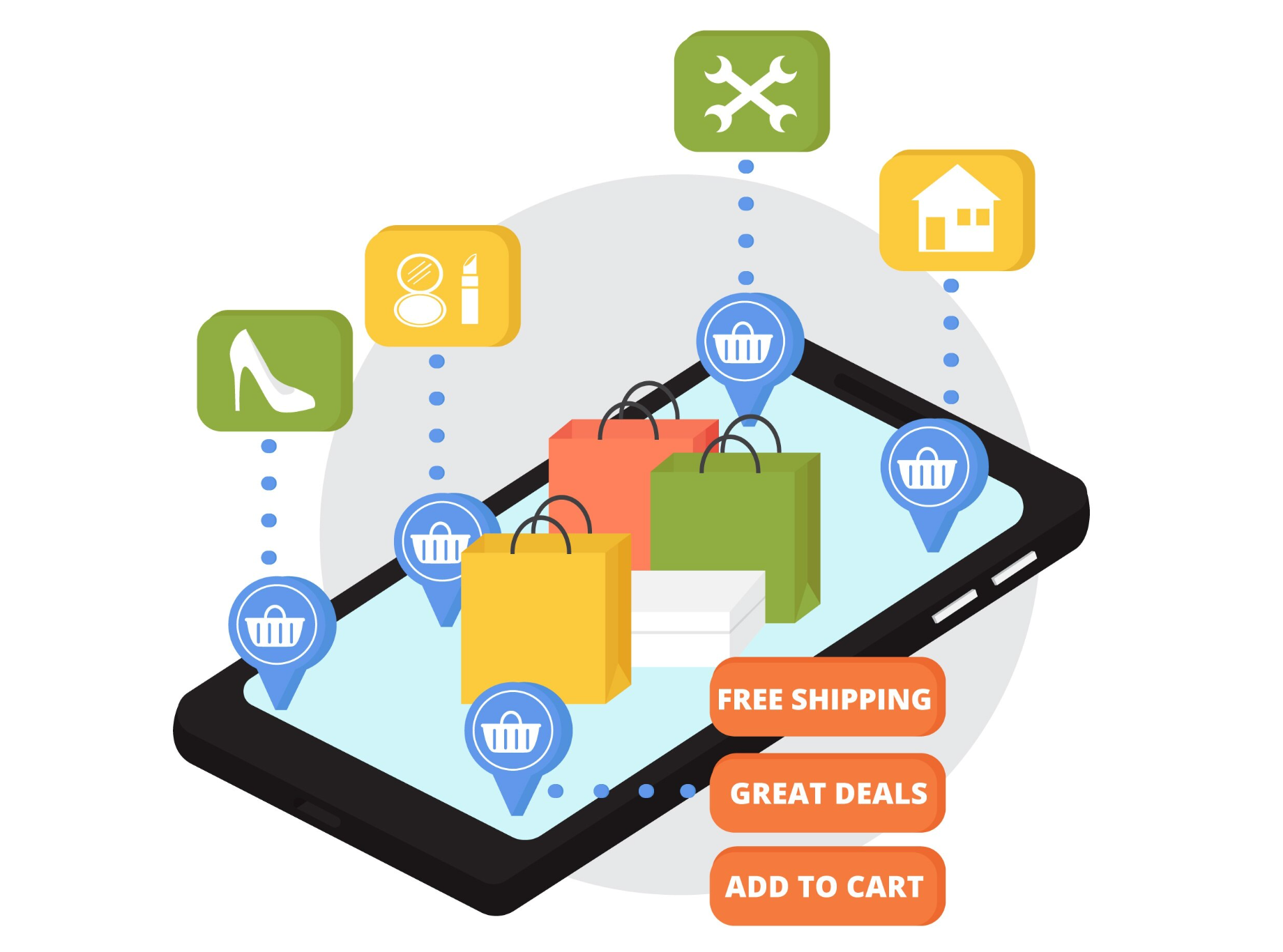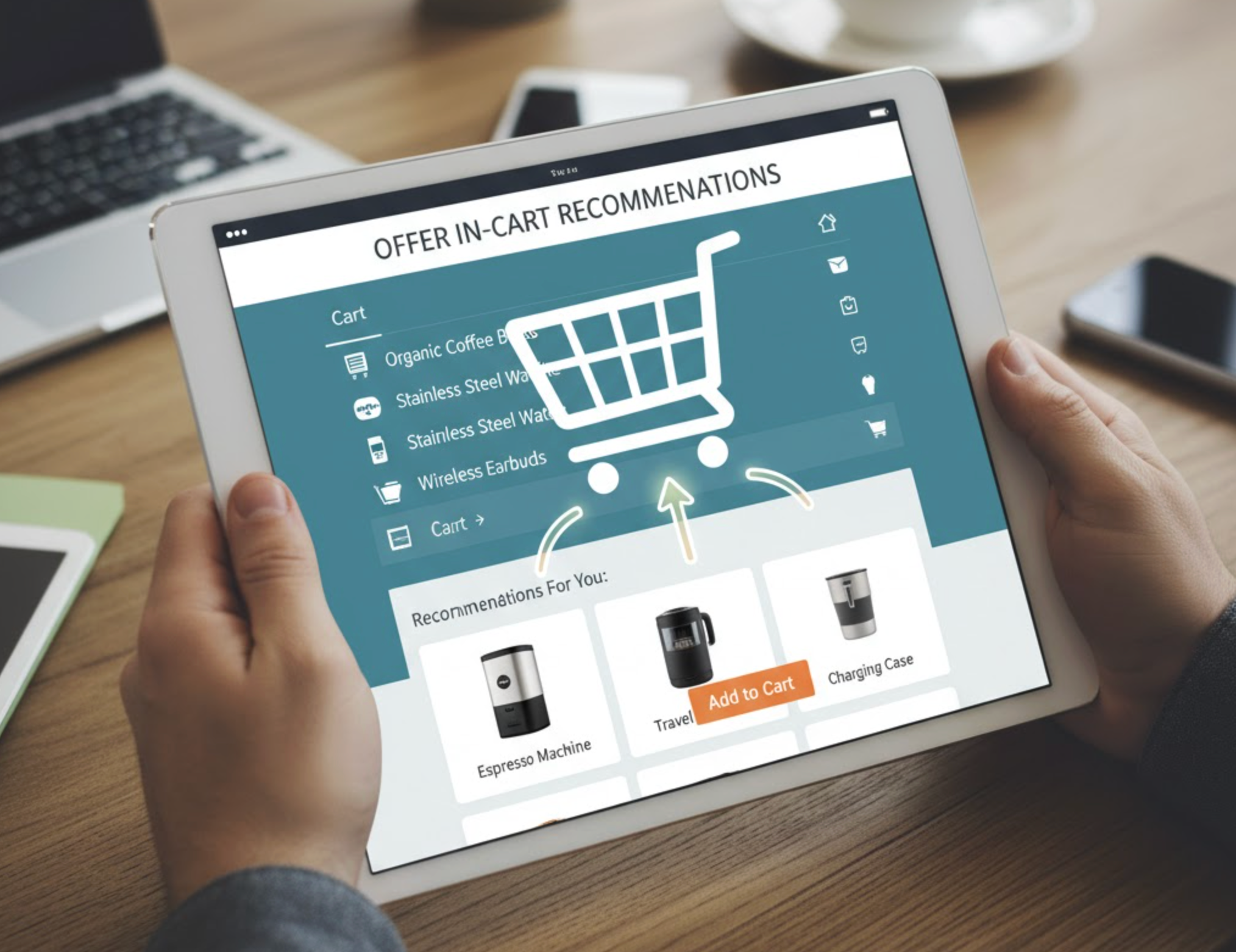
Cross-selling is one of the most effective ways to increase your average order value without feeling pushy or sales-driven. It’s the art of suggesting additional products that genuinely enhance the shopper’s main purchase, like offering a matching phone case with a new smartphone or a belt that completes an outfit.
When done thoughtfully, cross-selling doesn’t just boost your revenue, it builds stronger relationships, improves customer satisfaction, and helps shoppers discover more of what your store has to offer. Let’s explore 10 proven cross-selling techniques for Shopify stores, along with practical actions to make them work for your business.

Product bundles allow you to combine items that complement each other and sell them together as a package. This approach adds convenience for the shopper and gives them a small incentive to spend more while feeling they’re getting better value. Bundles work especially well in categories like fashion, electronics, beauty, and home decor, where multiple products naturally fit together.
Why it works: Bundling simplifies the buying process and creates a sense of value. Instead of comparing separate items, customers see a ready-made solution that saves them both time and money.
How to apply it:

A “Frequently Bought Together” section turns browsing into discovery. It suggests items that other shoppers often purchase alongside the current product, showing natural pairings that improve usability or style. For example, if someone buys a camera, you might display a tripod and memory card as recommended extras.
Why it works: This technique relies on social proof. Customers assume that if other buyers found these products useful together, they will too. It also helps them avoid forgetting essential accessories.
How to apply it:
Cross-selling doesn’t have to stop once checkout is complete. The post-purchase phase, including your thank-you page, confirmation email, or delivery update, is a golden opportunity to introduce products that complement the buyer’s order. You’re reaching them while their excitement about the purchase is still high.
Why it works: Post-purchase cross-selling feels personal and thoughtful. Since the customer has already shown trust by purchasing, they’re more open to discovering something new from your store.
How to apply it:

The shopping cart is a strategic moment for subtle cross-selling. When customers are reviewing their order before checkout, suggesting a related item feels helpful rather than pushy. For instance, if someone adds a pair of sneakers, offer matching socks or cleaning spray right below.
Why it works: In-cart recommendations align perfectly with the shopper’s mindset, they’re already committed to buying, so it’s easy for them to justify one or two small add-ons.
How to apply it:
Personalization is the key to making cross-selling feel natural. By analyzing browsing behavior, purchase history, and interests, you can display product suggestions that match each shopper’s taste and needs. Instead of generic “You may also like” options, customers see items they genuinely want.
Why it works: Personalization shows that your brand understands your customers, which builds trust and emotional connection. It also increases engagement and repeat purchases because shoppers feel seen.
How to apply it:
Email marketing allows you to reconnect with customers after they leave your store. You can use personalized emails to recommend products that complement their previous purchases or remind them about matching accessories they might have missed.
Why it works: Emails create an ongoing relationship with your customers. They can browse suggested items on their own time and appreciate that your recommendations are thoughtful rather than pushy.
How to apply it:

When used strategically, pop-ups can serve as timely reminders rather than interruptions. They can appear when a shopper adds an item to their cart or spends a certain amount, suggesting a product that completes the look or enhances functionality.
Why it works: Pop-ups create urgency and add an element of discovery. When paired with a special offer or small discount, they encourage spontaneous add-on purchases.
How to apply it:
Product carousels are an engaging way to keep customers browsing longer. They showcase related products visually, helping customers explore your catalog naturally while still focused on their main purchase.
Why it works: Carousels keep shoppers immersed in your store and make it easy to find new items without leaving the current page. The visual flow helps inspire discovery and increases overall engagement.
How to apply it:
A well-designed loyalty program can turn cross-selling into a rewarding experience. By offering points or perks for trying new or related products, you motivate customers to explore beyond their usual purchases while strengthening long-term loyalty.
Why it works: It gamifies shopping and gives customers a reason to look for complementary products. Instead of spending for the sake of it, they feel rewarded for smart purchasing behavior.
How to apply it:
Your cross-selling strategy shouldn’t stop at your Shopify storefront. You can use social media posts, retargeting ads, or even influencer collaborations to highlight complementary items and bring customers back for more.
Why it works: Repeated exposure reinforces customer memory. When shoppers see consistent and visually cohesive product combinations across channels, they’re more likely to act on impulse and complete the set.
How to apply it:
The best cross-selling techniques don’t feel like sales, they feel like service. Each recommendation should genuinely help your customers get more from what they’re already buying.
By blending visual inspiration, authentic social proof, and gentle loyalty incentives, you can craft a seamless shopping journey where every suggestion feels helpful and intentional.
Start small, focus on relevance, and test your results. Over time, these cross-selling strategies will not only boost your Shopify revenue but also turn one-time buyers into loyal, returning customers.